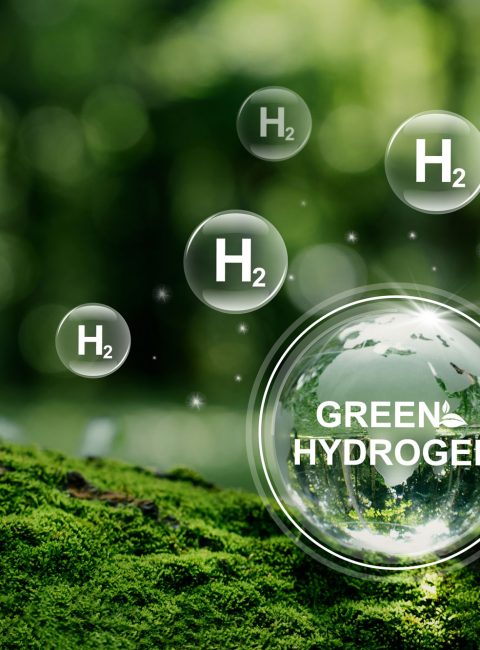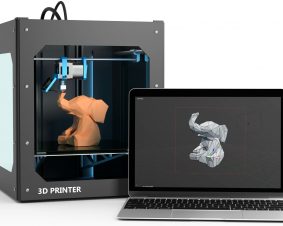 >
Spotlight October 2023: Improved hydrogen production through novel catalyst made of three metals
>
Spotlight October 2023: Improved hydrogen production through novel catalyst made of three metals
Hydrogen is one of the important energy carriers of the future when it comes to climate-relevant energy supply. For example, surplus electricity from wind turbines or solar plants can be converted into hydrogen, allowing the otherwise unused energy to be stored for longer periods. This hydrogen can be used to power trucks and buses for local public transport as well as other vehicles in an environmentally and climate-friendly way, or it can be converted back into electricity. However, the production of hydrogen using electricity has so far been relatively inefficient, so catalysts are being feverishly sought to help improve this process.
One possibility now seems to have been discovered in a novel catalyst. Korean researchers have synthesized this catalyst from the three known metals nickel, palladium and platinum, which enables the production of hydrogen about 8 times better than previous platinum-carbon catalysts. This high activity of the catalyst is possible due to the very small subunits in nanometer size. Nickel/platinum and palladium/platinum interfaces are created, which are arranged in a specific order to each other and thus considerably facilitate the processes of hydrogen production.
Such and other expected developments in catalyst chemistry will help secure future energy supplies and contribute to a sustainable and environmentally friendly energy supply.
Original publication:
Gu, B.S., Dutta, S., Hong, Y.R., Ngome Okello, O.F., Im, H., Ahn, S., Choi, S.Y., Woo Han, J., Ryu, S., and Lee, I.S. (2023). Angew Chem Int Ed Engl 62, e202307816.

Weitere Spotlights
Spotlight November 2023: Early Awareness and Action System for Advanced Materials (Early4AdMa)
Advanced materials hold immense potential to address global challenges such as environmental degradation, transformation of the energy sector, and development towards circularity. To harness their benefits while ensuring safety and sustainability, regulatory bodies, scientific communities, and industries have recognized the need for proactive approaches. The “Early4AdMa” system is a pre-regulatory risk governance tool for advanced […]
Read moreSpotlight Juli 2020: “Nanosafety – More than just regulatory processes”
Nanosafety is more than just a compulsory aspect of nanomaterials research and regulation. This research area also has great potential to drive new innovations. It is exactly this perspective that is addressed in the special issue “Rethinking Nanosafety: Harnessing Progress and Driving Innovation” by Chen et al. 2020. The article illustrates that especially in the field of […]
Read moreSpotlight December 2020: Rethinking Nanosafety – Part II
In December we would like to draw attention to the special issue: Rethinking Nanosafety – Part II in small. In the July Spotlight we already presented Part I. This special issue “Rethinking Nanosafety – Part II” also features research papers by renowned scientists in the field of nanosafety research. The first part of this special […]
Read moreSpotlight June 2021: Endotoxin – the reason for false-positive toxicity testing for advanced materials?
Advanced materials, but also nanomaterials are closely examined to determine whether they trigger biological effects that could be harmful to humans and the environment before they are used in products. This also includes such materials as titanium dioxide, which has been used in a wide variety of products for more than 50 years. A particularly […]
Read more


